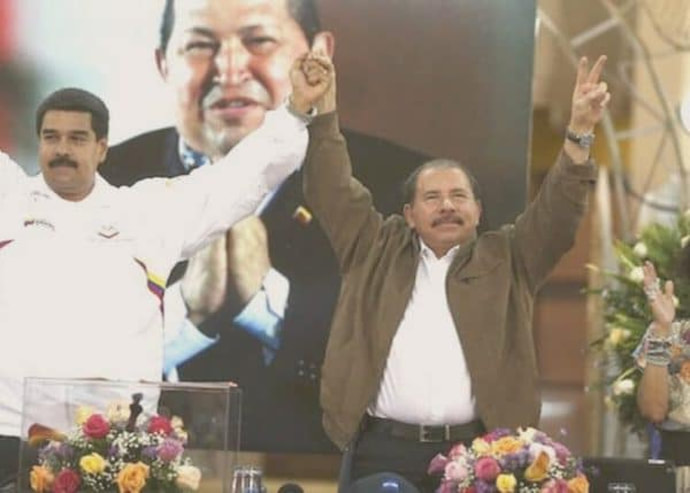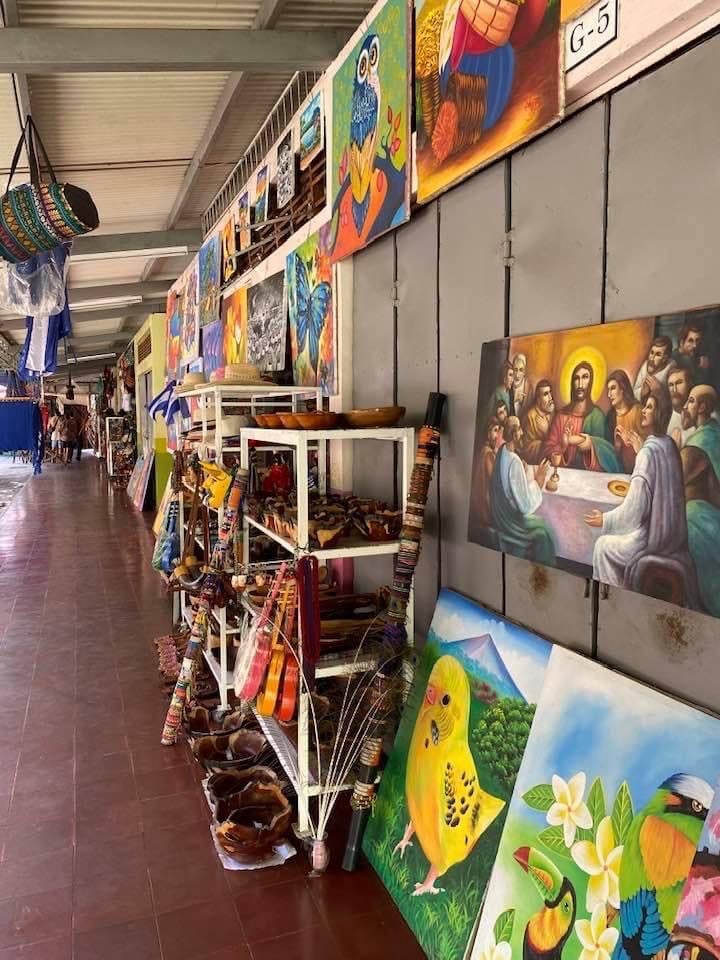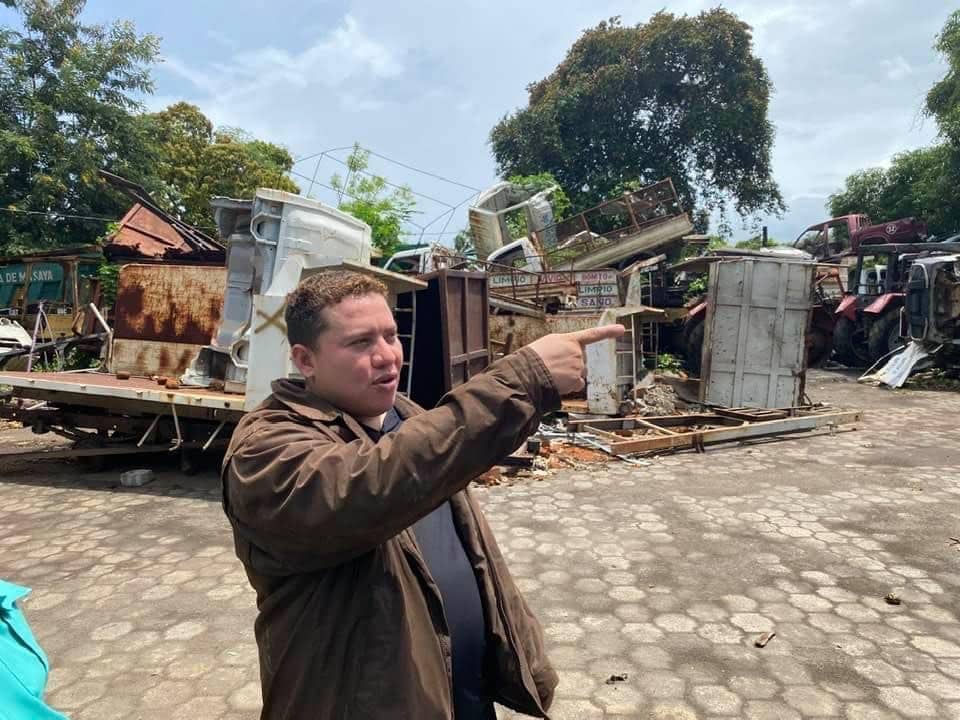|
4/14/2023 Five years ago in Nicaragua: a coup attempt begins By: Daniel Kovalik, John PerryRead NowFive years ago, Nicaragua was subject to a violent attempted coup that lasted from April through July, 2018. In the first of four articles, we look at how it was planned and how it started. In the first few months of 2018, Nicaragua hardly appeared to be a strong candidate for an attempted coup. Daniel Ortega’s government had an 80 per cent approval rating in a poll a few months earlier. There had been eight years of continuous economic growth, during which the country achieved 90 per cent food sovereignty and cut hunger by 40 per cent (according to the UN’s global hunger index). In the decade since Ortega had been re-elected to the presidency, his government had rebuilt public health and education services, repaved the country’s roads and established a reliable, virtually nationwide electricity supply, based largely on renewable sources. It was hardly surprising that the Sandinista government had increased its vote share in three successive elections. Even the international media, though hostile towards Daniel Ortega, had to concede that he had “cemented popular support among poorer Nicaraguans” (The Guardian) and that “Many poor people who receive housing and other government benefits support him” (The New York Times). But this very success presented danger. As the new book Nicaragua: A History of U.S. intervention and resistance points out, from Washington’s perspective it again posed “the threat of a good example… Something had to be done about Ortega’s strong popular support.” Nicaragua was the only exception in a Central America largely submissive to U.S. political and economic influence, especially after the coup in next-door Honduras had unseated the progressive President Mel Zelaya in 2009. Washington had tried and failed to prevent Ortega returning to power in 2007 and was now determined to try again. The Sandinista’s success had made the task much harder, but it believed it had found openings that it could exploit. The historic market in Masaya which the violent coup plotters torched in 2018. As seen here, the Sandinistas repaired the market in short order. (Photo: Daniel Kovalik) The hard core of dissent came from small and divided anti-Sandinista political parties. None were capable of winning power alone, and they were handicapped by having only one common objective: to oust Daniel Ortega. If they could temporarily bury their differences, they might harness support from Nicaragua’s relatively small upper class and from middle-class people whose opinions might be swayed by a vigorous anti-government campaign. Having brought these groups together, the U.S. embassy warned the employers’ organization, COSEP, that they must move away from cooperation with the government, citing the U.S. Congress’s consideration of the NICA Act and threatening economic sanctions if Nicaragua stayed out of line with U.S. policy. As the book explains, Nicaragua’s relatively loose regulation of local nonprofits at that time enabled the U.S. to pour as much as $200 million into opposition media, NGOs and “human rights” bodies via agencies like the National Endowment for Democracy (NED) and USAID. Kenneth Wollack, now chairman of the NED, was soon to brag to the U.S. Congress that different U.S. agencies had trained some 8,000 young Nicaraguans in “democracy promotion.” Indeed, as the NED-funded Global Americans said, these agencies were “laying the groundwork for insurrection.” With training from USAID, many of these young people would contribute to the huge social media campaign which was poised to take effect. Supplies of money, weapons, drugs and food were quietly built up, for use in the coup attempt. Youngsters from poorer and often criminal groups would soon receive $10-15 daily payments to erect and defend roadblocks to gain control of neighborhoods in key cities. There were two other key components. U.S. agencies put resources into local opposition media outlets such as the La Prensa newspaper and websites Confidencial and 100%Noticias. The same happened with local “human rights” agencies (one of which was actually set up by the Reagan administration in the 1980s) who would ensure that any casualties in the coming conflict would be blamed on the government. Both the “independent” media and the “human rights” groups would later be accepted, unquestioningly, as authentic sources by the international media and bodies such as Amnesty International. After these preparations, all that was needed was an appropriate spark to light the insurrectional fire. In early April, it looked like this had been provided (literally) by a wildfire in the remote Indio Maiz forest reserve. Despite government efforts to douse the blaze, protests by young people about its “inaction” quickly sprouted and were taken up by international media. However, the unrest could only be sustained for a few days: with help from unseasonal rain, the fire was extinguished. A second opportunity arose, later the same month. Like many governments, Nicaragua’s was under pressure to reform its public pensions system, whose finances had become unsustainable. It had faced down private sector calls for deep cuts in pensions, proposing much smaller ones and—in return—improving pensioners’ health benefits. In other circumstances the changes would have been uncontroversial but, whipped up by right-wing news outlets and social media, some minor protests by older people took place. They were quickly joined on the streets by “students” who suddenly had an unlikely interested in pensions and in some cities by the delinquent groups orchestrated by opposition leaders such as ex-Sandinista guerilla fighter, Dora Maria Tellez. April 18 saw violent confrontations between opposition groups and the police or young Sandinistas, including attacks on revolutionary landmarks such as the historic “command center” in Masaya. While no one was killed that day, the social media campaign swung into operation: thousands of Facebook posts alleged deaths from police shootings that had either not occurred or were due to other causes. Reynaldo Urbino Cuadra woke up in the Catholic Church in Masaya after being kidnapped by violent coup plotters discovering he had been tortured so badly he could not move his left arm. That arm ended up being amputated. (Photo: Daniel Kovalik) By April 19, the scene was set for greater violence as “students” suddenly had access to hundreds of homemade mortar guns, deployed at roadblocks (“tranques”) made by ripping up paving stones. On that day, the first of 22 police officers was killed. A second was fatally shot on April 21 and within just four days 121 had been injured, mainly as a result of gunfire. The coup attempt had begun. The second article will pick up the story, discussing the “national dialogue” which began in May 2018 but which failed to end the violence. AuthorDaniel Kovalik is a Senior Research Fellow at the Council on Hemispheric Affairs. He teaches International Human Rights at the University of Pittsburgh School of Law. This article was republished from Monthly Review. Archives April 2023
0 Comments
Leave a Reply. |
Details
Archives
July 2024
Categories
All
|



 RSS Feed
RSS Feed